I hope my readers will indulge me for a few moments of philosophy. The world of watchmaking has many aspects, from marketing to production to design to art, and companies have a mixed mastery of each. But something magical happens when it all comes together, and expresses the highest level of watchmaking. These pieces inspire and delight, rising above the simple function of time-telling or even product. To me, this is the essence of haute horology!

Image: Christie’s auction, 2016
Marketing Meaning
I am not sure what most people mean when they say “haute horolgerie” or “fine watchmaking” or “feine uhrmacherkunst” and I do not presume to tell them what to think. But as my interest in the world of watches became a study, a passion, or perhaps a fixation, I began to see it more holistically. To me, the gestalt of watchmaking is a synthesis of 500 years of human progress distilled to a complex artifact that fits in the hand or on the wrist. A great watch is like a book of poetry: It is a unique expression built on everything that went before it.
But sometimes a watch is just a combination of components. This is true of too many mass-market watches, but it is sadly also true of some high-end pieces from brands and designers who should have known better. While we cannot expect much of an unknown name applied to a set of off-the-shelf parts, it feels like a slap in the face when an entity with true heritage and credibility puts forward a sub-par offering.
This is not a matter of taste, either. To be sure, there are many “good watches” that I do not like, and I find some downright ugly. What makes a “bad watch” should not be in my eye but in the execution of the creator. There have been many cases where I have failed to understand an “ugly” design and, once I was educated, I came to love it. But some watches are simply bad, a poor combination of components, a failure of design, or a betrayal of the spirit of the brand.

“Bad watches” are the negative that proves the positive. Great watches, and great watch design, bring everything together into a harmonious whole that is, simply put, true. And not every company has the capability to deliver this level of watchmaking. But as I said earlier, a watch is not just a set of components.
We must also consider the meaning of a watch. Why did the designer bring these elements together? What were they saying about the brand and the wearer? What statement were they personally trying to make? And how does this fit into the history of the model, the brand, and the industry? Objects have meaning. Nearly everyone on earth knows what “Rolex” means, and not just as the name of a company. A “Calatrava” should be a certain thing, and so should a “Journe.” A “Reverso” must flip, a “Submariner” must dive, and a “Speedmaster” must time.
Enthusiasts will be offended if names are misused or expectations are betrayed, and so they should! Marketing should be true communication, not just pre-sales, and should take into account the history not just the product.
Horology at the Highest Level

I am sparing and careful when I use the term, “Haute Horology.” And I am deliberate in mixing the French and English words, recognizing that it is a bit jarring to the reader. “Fine watchmaking” is fine, but “haute horology” is something truly special!
Watches are built on stories and art as much as they are constructed of gears and springs. A great watch must be constructed of all these things together and in balance. This is how I define “haute horology” and what I look for every day.

How can we spot haute horology in the wild? Here are some tell-tale signs:
The watch is a true integration of mechanics and styling. Watch movements have volume and their components take up space. Therefore the movement must be part of the design, whether visible or not, and the mechanism must be designed to fit the watch and vice versa. But the mechanism is not more important than the style, and must be artistically integrated. A great watch is true to its movement.
The design incorporates all elements into a unified whole. Every element of a great watch is part of a single story. Unless there is a considered reason, a symmetrical watch must not sacrifice symmetry for practicality, and a quirky design should not have conventional elements. Nothing is more disappointing in watch design than an oddly-placed date window, a poorly-chosen font, or mis-aligned pushers.
The watch must be true to itself. If design is storytelling, it must be internally consistent. Not every brand needs to produce a steel sports watch, and if they do it must be true both to their heritage and the genre. This must be a vexing challenge for any designer tasked with creating an all-new line. But it is also an opportunity to do something wonderful and transformative!

Each of these are monumental challenges, especially when practicalities of price and manufacturing are taken into account. That’s one reason that most great watchmaking happens at the highest extreme of the market. But it is possible to achieve “haute horology” at attainable or even affordable prices, especially with product segments that are less complicated and demanding. But too many companies don’t even try.
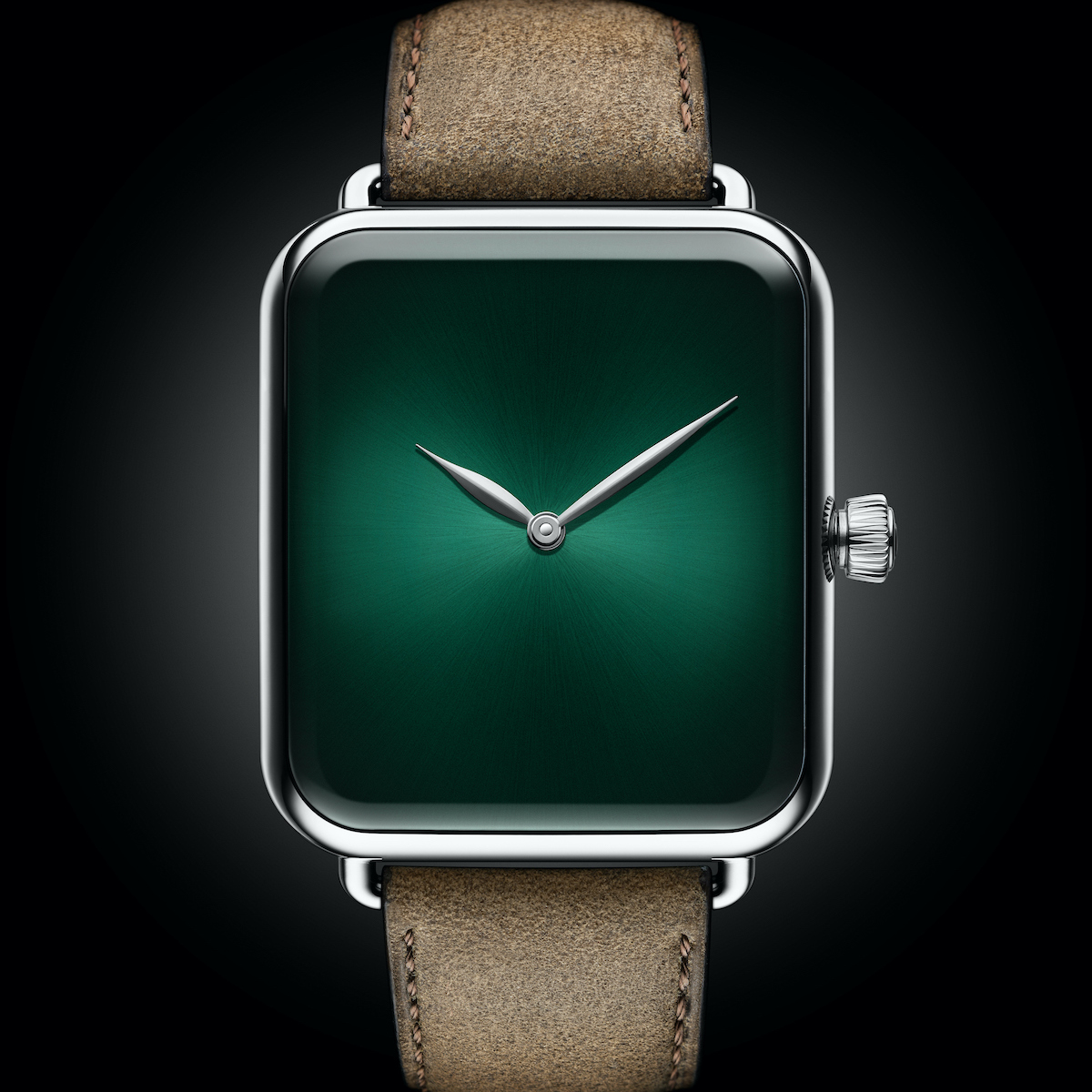
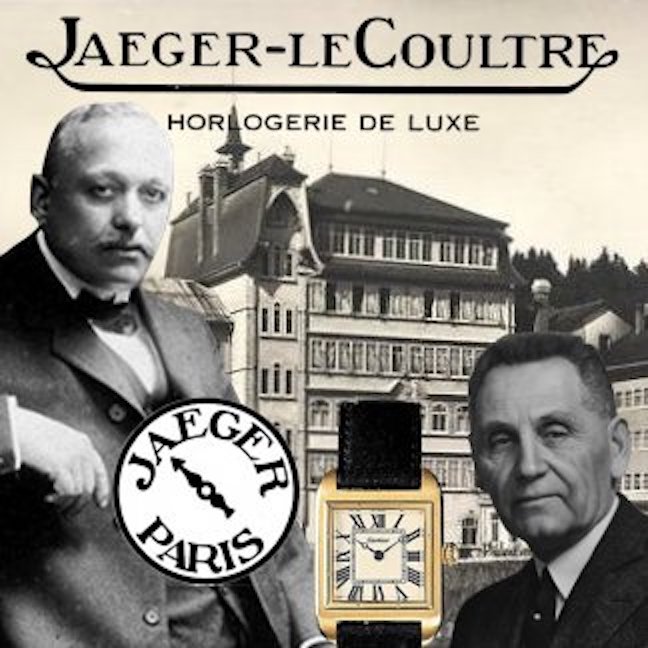
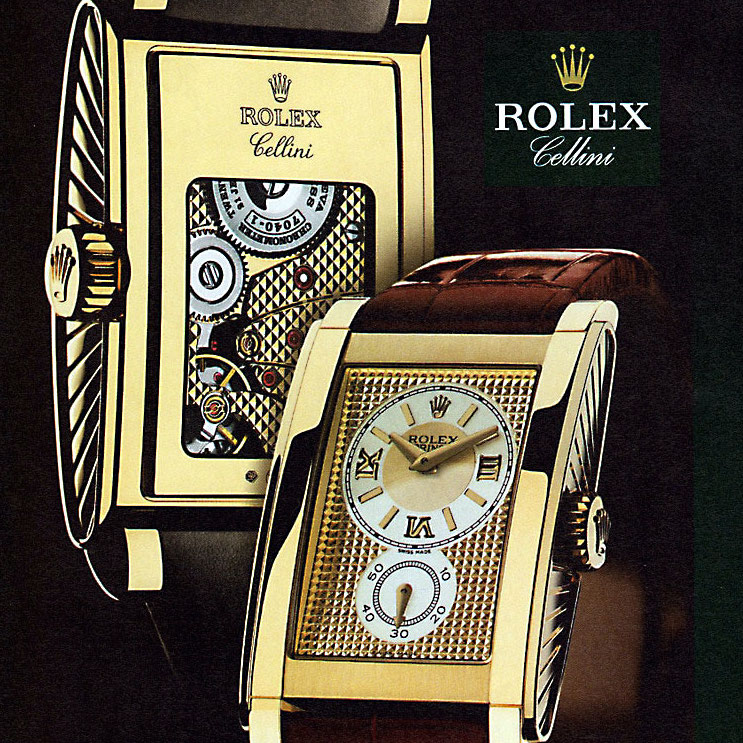
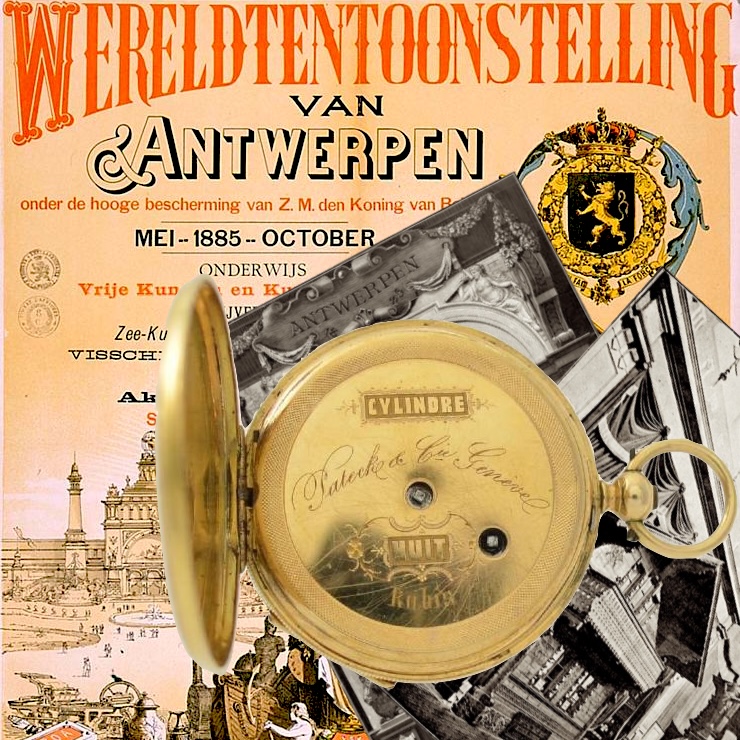
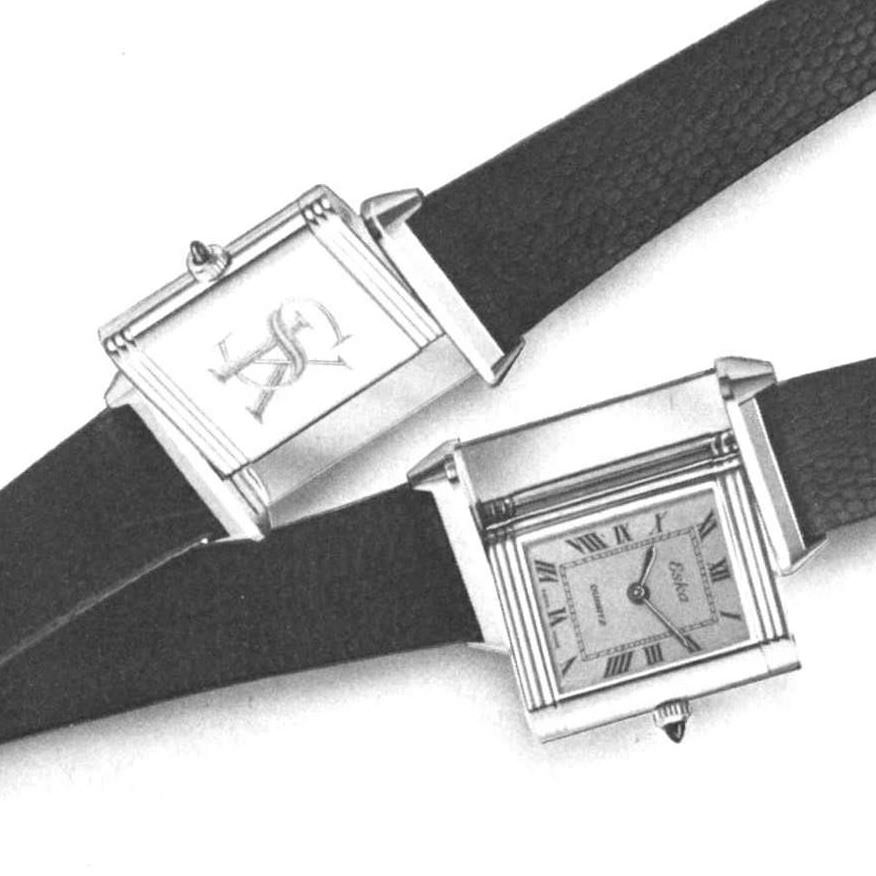

Sorry to comment here but struggling to find a way to get in touch otherwise: I’ve been trying to find 36000vph movements in the database but Zenith seems to be notable by absence. Sure I was looking at El Primero movements in there a few days ago but now I can’t find anything. No reference to the non-chronohraph Espadas either? Please feel free to delete after reading.
Sorry I haven’t gotten to those yet! I have done some documentation over at Watch Wiki, but not enough. Might I suggest Watchbase? https://watchbase.com/zenith/caliber/el-primero-400
No problem there are a lot out there! Sorry I managed to convince myself that I had seen the El Primeros in your database so assumed it was a glitch. Must be confusing my online data sources, but keep up the great work it’s an amazing resource!